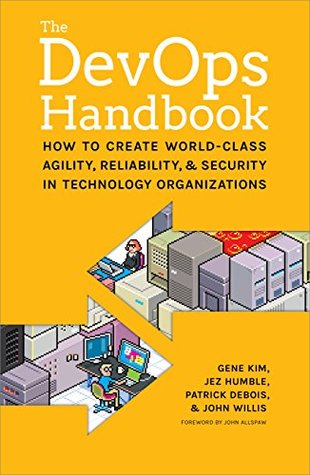More on this book
Community
Kindle Notes & Highlights
by
Gene Kim
The second act begins when somebody has to compensate for the latest broken promise—it could be a product manager promising a bigger, bolder feature to dazzle customers with or a business executive setting an even larger revenue target. Then, oblivious to what technology can or can’t do, or what factors led to missing our earlier commitment, they commit the technology organization to deliver upon this new promise.
As a result, Development is tasked with another urgent project that inevitably requires solving new technical challenges and cutting corners to meet the promised release date, further adding to our technical debt—made, of course, with the promise that we’ll fix any resulting problems when we have a little more time.
We improve daily work by explicitly reserving time to pay down technical debt, fix defects, and refactor and improve problematic areas of our code and environments—we do this by reserving cycles in each development interval or by scheduling kaizen blitzes, which are periods when engineers self-organize into teams to work on fixing any problem they want.
After the near-death experience of eBay in the late 1990s, Marty Cagan, author of Inspired: How To Create Products Customers Love, the seminal book on product design and management, codified the following lesson: The deal [between product owners and] engineering goes like this: Product management takes 20% of the team’s capacity right off the top and gives this to engineering to spend as they see fit. They might use it to rewrite, re-architect, or re-factor problematic parts of the code base...whatever they believe is necessary to avoid ever having to come to the team and say, ‘we need to stop
...more
Vogels notes, “The big architectural change that Amazon went through in the past five years [from 2001–2005] was to move from a two-tier monolith to a fully-distributed, decentralized, services platform serving many different applications. A lot of innovation was necessary to make this happen, as we were one of the first to take this approach.” The lessons from Vogel’s experience at Amazon that are important to our understanding of architecture shifts include the following: Lesson 1: When applied rigorously, strict service orientation is an excellent technique to achieve isolation; you achieve
...more
working in a high-trust management model


